
Class I, Div 1, Groups B, C, D; Class II, Div 1, Groups E,F,G; Class III; T4T6, Enclosure type 4X Ex d IIC T4T6 AEx d IIC T4T6 Ex tb IIIC T100 C IP66 AEx tb IIIC T100 C IP66 Japanese Ex-d Certification: ND_E4 II 2 G Ex d IIC T6 Gb II 2 D Ex tb IIIC T80C Db Input: Ui 30 V Output: Ui 30 V, Pmax = device limits itself. 8 7 ND90 71 en Table 2 Approvals and electrical values, FOUNDATION fieldbus
6 7 3/8 KQ2T11-00A 15.4 20.4 28.1 15.6 9.9 8 4.2 28.8 23.8 7 10.2 1/2 KQ2T13-00A 19.3 23.4 33 17 11.8 8 4.2 64.6 50.6 9.6 16.9 Q Q 2 x O 2 x N M Q L1 L2 Q D D L1 M L1 M Note) D is maximum diameter.
LABEL -4-2 FIG. 4-3 OUTSIDE DRAWINGS OF HEC006 -4-3 FIG. 4-4 OUTSIDE DRAWINGS OF HEC012 -4-4 FIG. 4-5 CONSTRUCTION AND PRINCIPLE OF THERMO MODULE -4-5 FIG. 4-6 RECIRCULATING FLUID AND RADIATING WATER CIRCUIT -4-6 FIG. 4-7 ELECTRICAL DIAGRAM (HEC006) -4-7 FIG. 4-8 ELECTRICAL DIAGRAM (HEC012) -4-8 FIG. 5-1 COMPONENTS OF HEC006 -5-1 FIG. 5-2 COMPONENTS OF HEC012 -5-2 FIG. 5-3 OPERATION PANEL
/Z80 D-C73C/C80C RS H A 8 10 9 10 10 11 D-C7 D-C80 10 15 50 50 + 45 (n2) D-B5/B64 8 10 13 4 8.5 9 14 4.5 9 10 14 5 10 10 14 6 9.5 11 17 6.5 10.5 11 16 6.5 10.5 11 18 7 11 9 10 9 10 10 11 11 11 9 10 10 11 RZQ 15 + 45 ( ) n2 2 D-H7 D-H7W D-H7BAL D-H7NF D-B59W 13 (n = 2, 4, 6, ) D-H7/H7NF/H7W/H7BAL 4 10 15 60 60 + 45 (n2) MI W S D-H7C 7 D-A3/A44 D-G39/K39 8 CEP1 D-C73C D-C80C D-H7C 10 15 65
Band 8-30-40 DGrommet Rail 8-30-41 Grommet Tie-rod -X Water (coolant) resistant type D-H7BAL D-G5BAL D-F7BAL D-F7BAVL D-F5BAL D-F9BAL D-Y7BAL 8-30-42 20Band Grommet Water resistant 2-color indication 8-30-43 Solid state switch Data 8-30-44 Rail Grommet Tie-rod Grommet 8-30-45 Direct Grommet 8-30-46 With built-in OFF-delay timer (200 ms) D-G5NTL D-F7NTL D-F5NTL D-M5NTL/M5PTL 8-30-47 Grommet
E E CRQ2X MSQX L L MRQ K K D B C G G D B C N N 1 M T T M 25.5 (34.5: Connector type) 2 x R Auto switch 2 x R Y Y Auto switch W W1 Size: 20, 30 Size: 40 W W 2 67 8 8 15 32.5 When D-M9m is used 65 4 *1.
) 3 FE 4 24V(US1) 5 24V(US2) 7/8 (XD1) 7/8 (XD2) Fig. 7-7 EX245-FPS3 29 No.EX##-OMY0006CN PROFINET 1 TX 2 RX (XF1/XF2) Fig. 7-8 EX245-FPS1 1(XF1) 2(XF2) MDI MDI-X 1 TD+ RD+ 2 TDRD3 RD+ TD+ 4 5 6 RDTD7 (XF1/XF2) 8 Fig. 7-9 EX245-FPS2 1(XF1) 2(XF2) MDI MDI-X 1 TD++ RD++ 2 RD++ TD++ 3 TD-RD-4 RD-TD-M124D code Fig. 7-10 EX245-FPS3 30 No.EX##-OMY0006CN EX245-FPS2/3Auto-negotiation Fig
8 6 D-M9/D-F9W 5 4 D-Z7/Z80 9 9 11 A B D-Y59/Y7P D-Y7W 6 6 6 Switches cannot be mounted in some cases.
Single flat Single flat D D D D D D D D C Single flat Single flat (mm) Size 15 9 18 20 10 20 30 13 22 40 15 30 10 8 14 C D Notes) Only side ports are available except for basic type. Dimensions and tolerance of the shaft and single flat (a parallel keyway for size 40) are the same as the standard.
Single flat Single flat D D D D D D D D C Single flat Single flat (mm) 15 9 18 20 10 20 30 13 22 40 15 30 10 8 14 Size C D Note 1) Only side ports are available except for basic type. Note 2) Dimensions and tolerance of the shaft and single flat (a parallel keyway for size 40) are the same as the standard.
Single flat Single flat D D D D D D D D C Single flat Single flat (mm) 15 9 18 20 10 20 30 13 22 40 15 30 10 8 14 Size C D Note 1) Only side ports are available except for basic type. Note 2) Dimensions and tolerance of the shaft and single flat (a parallel keyway for size 40) are the same as the standard.
Single flat Single flat D D D D D D D D C Single flat Single flat (mm) 15 9 18 20 10 20 30 13 22 40 15 30 10 8 14 Size C D Note 1) Only side ports are available except for basic type. Note 2) Dimensions and tolerance of the shaft and single flat (a parallel keyway for size 40) are the same as the standard.
Drain port Plug Container Fig. 8-4 Discharge of the circulating fluid 8.3 Stop for a Long Time HRR Series 8-8 HRX-OM-X084 Chapter 8 Control, Inspection, Exchange and Cleaning 3.
Fig. 8-1 Removal of the dustproof filter HRS Series 8.2 Inspection and Cleaning 8-3 HRX-OM-O021 Chapter 8 Control, Inspection and Cleaning Cleaning of filter Use a long bristled brush or air gun to clean the condenser. Fig. 8-2 Cleaning of filter Mounting of dustproof filter Insert the collar in reverse order of removal, then mount the dustproof filter.
the fitting for the drain port shown in Fig. 8-7 .
fitting for the drain port shown in Fig. 8-7 .
Configuration One thermo-chiller for one master. 2 2 R D R D 3 3 S D S D 5 5 S G S G Master This product Do not connect any wire to other PIN numbers. Fig. 3-8 Connection of RS-232C 3.3 Installation HRR Series 3-18 HRX-OM-W002 Chapter 3 Transport and Setting Up 3.4 Piping Piping port size Connect piping firmly.
Applicable tubing O.D. d AK ASS ASR ASF L4 A Note) M1 Weight (g) 4 6 6 8 6 8 8 10 10 12 Applicable tubing O.D. d T L3 L2 H D1 D2 L1 Model Max.
C 8 No M8 connector (3 pins) 8 pcs. C1 8 Yes M8 connector (3 pins) 8 pcs. D 16 No M12 connector (5 pins) 8 pcs. E 16 No D-sub connector (25 pins) F 16 No Spring type terminal block (32 pins) Symbol Description P PNP N NPN tEX600 digital output unit EX600 DY B P Output type Number of outputs and connector Symbol Number of outputs Connector B 8 M12 connector (5 pins) 4 pcs.
(Refer to Fig. (1) and (2).) E: Emitter C: Collector B: Base B: Base E: Emitter C: Collector Fig. (1) NPN type Fig. (2) PNP type 16-13-4 12 Glossary of Terms U Reversed output mode Refer to Hysteresis mode and Window comparator mode in Technical Information on page 16-13-8. Unit conversion Refer to Technical Information on page 16-13-13.
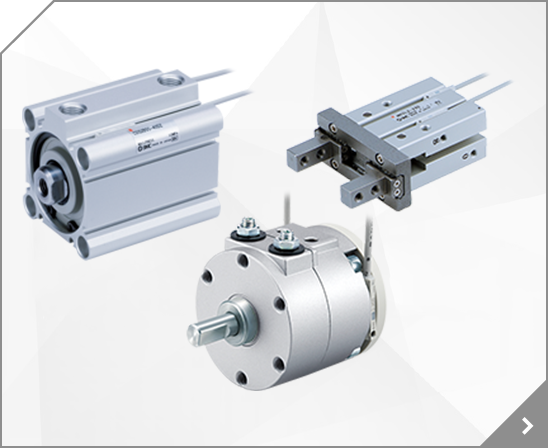


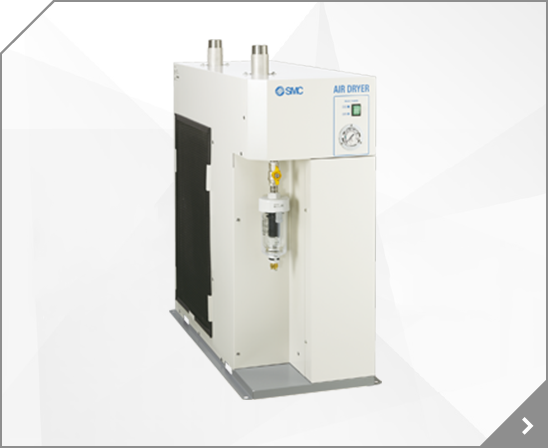
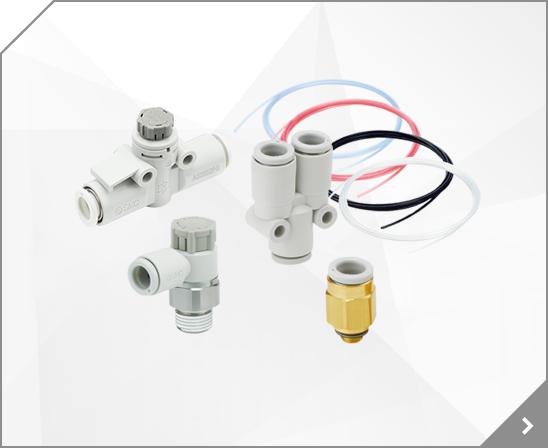
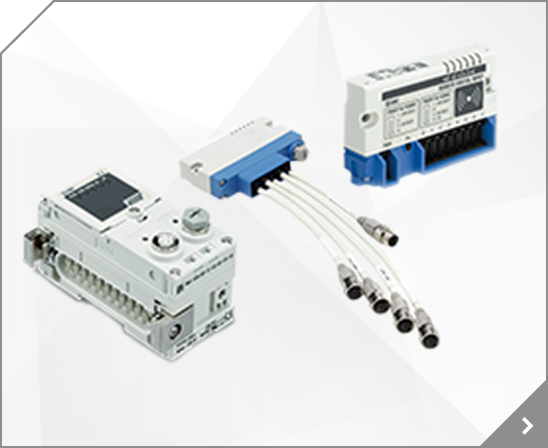
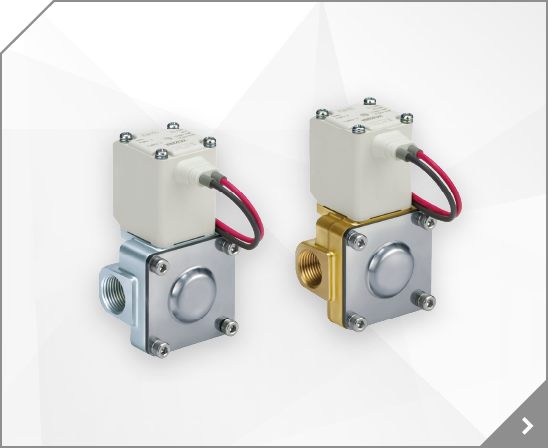
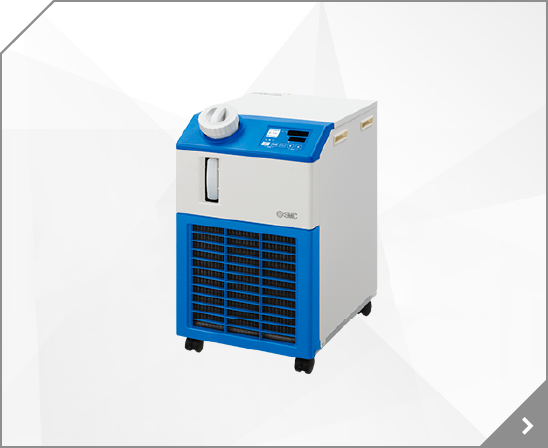
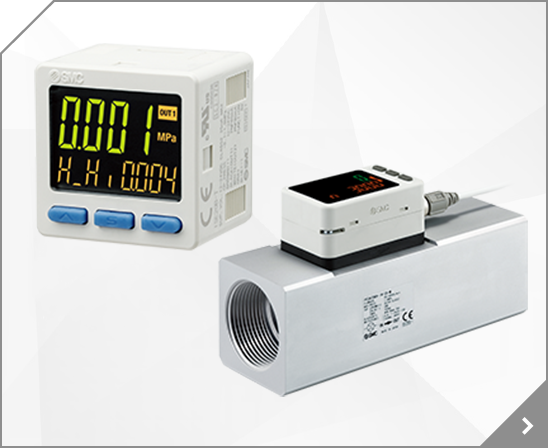
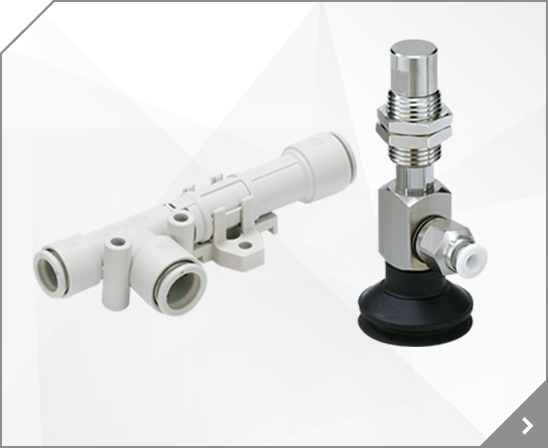

 7ND9071en
7ND9071en